At Twisted Track Gallery in Sacramento, which recently emerged as a keystone of the thriving R Street art scene, one wall is devoted to a triptych of the feminine divine. In three oil paintings, figures swathed in frills and lace stand against backdrops of fire and smoke, their skirts sheltering creatures in greener worlds: foxes, toucans, a ray wreathed in seaweed. Each of the paintings has a placard designating it as Protectress I, II or III — and each is marked with the red dot that means it’s been sold.
But artist Diana Ormanzhi, speaking on the last day of the Twisted Track show “Distant Realities,” says that the dots are a bit of a ruse. “These are pieces I want to keep for my personal collection,” she says; though marked as $4,500 each on the gallery placards, the Protectress series is not for sale. After the show, the paintings will return to their home in the Arthouse building outside Ormanzhi’s studio about a block away, which is open to the public every second Saturday from 5 p.m. to 8 p.m.
The series, painted in early 2020, was inspired by that year’s devastating Australian bushfires, but its themes have personal relevance for the artist. In 2019, she lost her home and much of her work to a house fire, an experience she says she rebounded from “with a vengeance.” The following year, she acquired her studio at the Arthouse, one of the most sought-after studio spaces in Sacramento due to its high rates of foot traffic. “The turnover rate there is really low, but there was a departure because of the pandemic,” she says. “I knew I had to jump on it, even though I knew it might not be profitable for a while.”
Diana Ormanzhi pays homage to her Gagauz and Ukrainian ancestors
in paintings like “Inner Timezone.” (Photo courtesy of Diana
Ormanzhi)
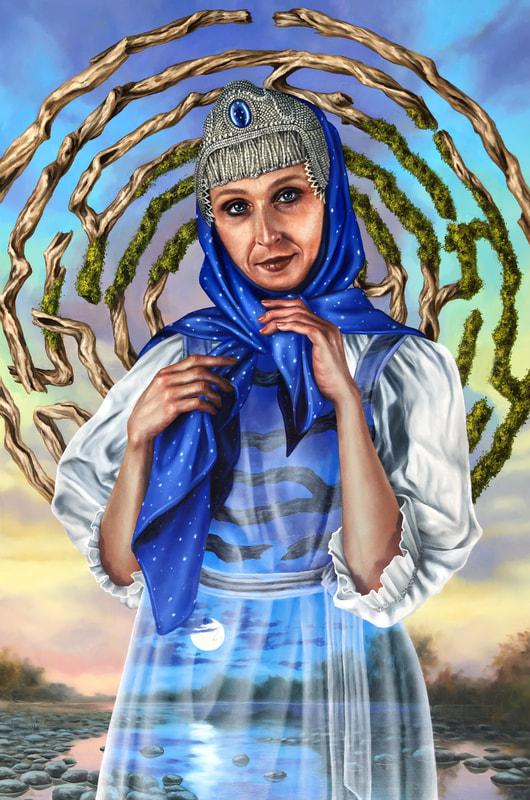
Ormanzhi has been asked to participate in art shows that respond to the current war in Ukraine, but has so far demurred. “A lot of my family is there, and I don’t want to do anything that would make them feel that I’m misrepresenting them,” she says. “In a few years, I might be able to do a better job.”
Can you tell me about the path that got you to where you are in your career today?
I’ve been making art for as long as I can remember but I started taking it more seriously after taking an AP art class in high school. I had a very supportive art teacher who knew I have a competitive nature and found ways to critique my work in ways that always made me want to improve on my next piece. During that class, for the first time I saw a direct correlation between committing time to a craft and seeing improvement.
After high school, I ended up going to community college where I was a part time student and worked part time at Blick Art Materials. It was a great combination because I was gaining so much new art knowledge from my day job and applying it to my school work. Around this time I also began teaching myself oil painting which spiraled into my primary art practice. During those five years in community college, I slowly started getting more involved in the Sacramento art community: attending and participating in group shows, going out to events hosted by local artists I admired, and learning the craft of curating.
Much of Diana Ormanzhi’s work, including this 9×12 oil painting
“Apparition’s Apprentice,” was lost in a 2019 house fire. (Photo
courtesy of Diana Ormanzhi)

Diana Ormanzhi says some of the clothes her characters wear are
inspired by Japanese lolita fashion. (Photo courtesy of Diana
Ormanzhi)
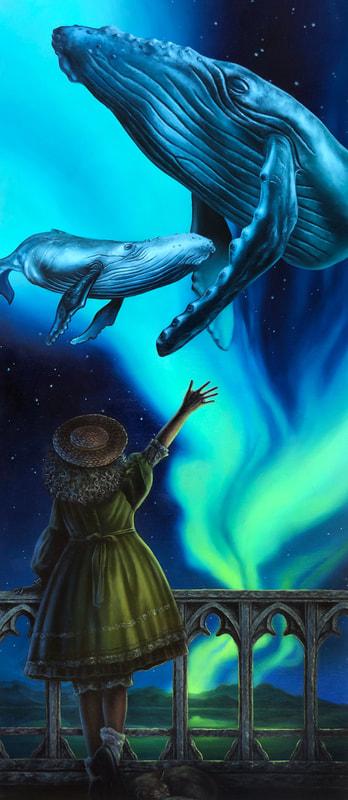
There isn’t any point when I decided to be an artist because that’s something that’s always been a part of my life. I grew up as an only child and would spend most of my days in the backroom of my family’s pizzeria business so I had no choice but to find ways to entertain myself. So I filled my time with lots of arts, crafts and rollerblading. I got very comfortable with the idea of solitude and learned to enjoy my own company and making art was a big part of my existence. Making art my career was a slow but intuitive and natural process.
What or who are some of your main inspirations?
Two names that come to mind immediately are Greg “Craola” Simkins and Adrian Cox. Any contemporary artist who combines storytelling with detailed technical skills blows me away. For a long time I collected art publications such as Hi-Fructose magazine, Spectrum Fantasy Art books, and old sci fi pulp magazines. Flipping through those would fill me with awe and endless inspiration.
Diana Ormanzhi participated in the Wide Open Walls festival in
2019 with this mural located at 701 12th Street in Sacramento.
(Photo courtesy of Diana Ormanzhi)

What are some of the main themes of your work?
Most of my current work focuses on the coexistence of humans and other living beings on our planet. I try to bring attention to how our actions impact our environment and the creatures living in it. I enjoy the juxtaposition of feminine beauty against harsh surroundings. There’s many Mother Earth-like figures who shapeshift with the environment to protect animals. Then there’s some more personal themes such as the strangeness of growing up as a child of immigrants and how that’s shaped me as a person.
Diana Ormanzhi reinterprets a classic surrealist style through a
feminist, environmentalist lens, centering female figures and
nature. (Photo courtesy of Diana Ormanzhi)
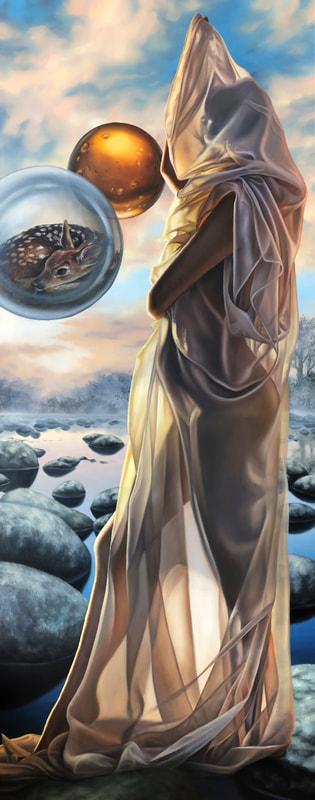
The Sacramento art scene is a great one to get started in. It is big enough to offer good opportunities for your resume, but not large enough to be intimidating. I imagine that getting started in a big city would be a lot more daunting. As an artist first starting their career, there are a plethora of small-scale opportunities in cafes, restaurants, tattoo shops, etc. Once you get comfortable with having eyes on your work, submitting to art calls and galleries feels less intimidating.
I would also describe the Sacramento art scene as “artists supporting artists.” The community is friendly, shares opportunities and welcomes new faces. The negative aspect of that structure is that there is a general lack of funding for the creative economy and every year we see galleries and creative venues go out of business. I’ve seen a lot of talented people have short-term success in Sacramento because it’s a difficult career to sustain while paying your bills.
Have you found it easy or difficult to make a living as an artist in this city?
Making it as an artist is never easy and I can’t say that I’ve cracked the code of how to do that successfully just yet, but I’m working towards it every day. The struggle that I face as an artist is that I haven’t encountered many serious collectors in Sacramento who are interested in surrealistic paintings. My art tends to attract a younger audience but that audience is struggling to get by in their own ways. That is why I try to make my art as accessible as possible through stickers, prints, and various reproductions. If someone walks into my studio and loves my work, I want them to have the opportunity to walk away with a piece of it regardless of how much money they have in their pocket.
Edited for length and clarity.
–
Stay up to date on art and culture in the Capital Region: Follow @comstocksmag on Instagram!
Recommended For You
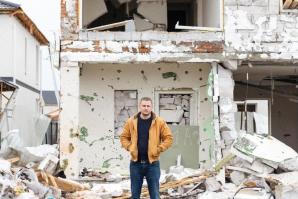
Art Exposed: Alina Tyulyu
A lifestyle photographer becomes a war documentarian when she returns to Ukraine as a volunteer
The Sacramento-based photographer is traveling around her
native country of Ukraine to aid refugees during the
Russia-Ukraine war, documenting their experiences along the
way.
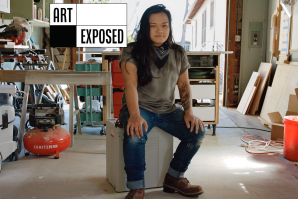
Art Exposed: Nancy Sayavong
The Roseville-based sculptor uses woodworking techniques for both art and remodeling
As a woodworker and metal fabricator, Nancy Sayavong uses her
training both for art and remodeling jobs. Her work is
interested in the contrast between the romantic ideal of the
home and its lived reality.
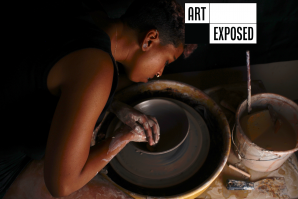
Art Exposed: Tasha Reneé
The local potter on the hazards of ceramics and making peace with impermanence
Tasha Reneé sells ceramics independently and through plant shops
and home decor businesses and is currently pivoting to teach
others through private lessons, workshops and classes.
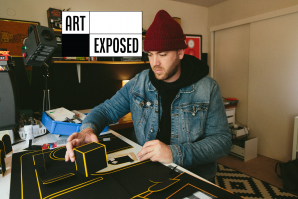
Art Exposed: Jonathan Joiner
How a filmmaker and creative director mines the past for inspiration to create fantastical objects, stop-motion video and playful GIFs
Jonathan Joiner finds inspiration in retro-futuristic gadgets,
movies and “practical things.”
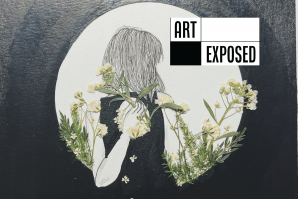
Art Exposed: Sarah Marie Hawkins
Multimedia artist Sarah Marie Hawkins uses a variety of methods
to tell not just her story, but the stories of many women.
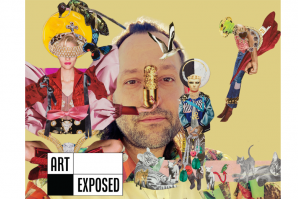
Art Exposed: Donco Tolomanoski
Collage artist helps upcycle monthly art events into new vision
As lead organizer of WAL’s First Friday events, the collage
artist is focusing less on the “party” aspect and more
on the artists and their work.



